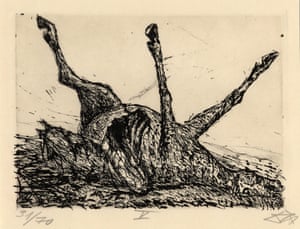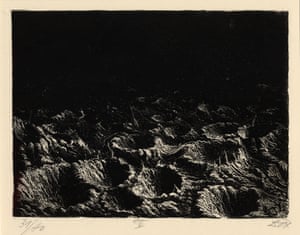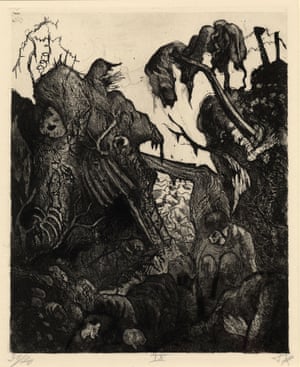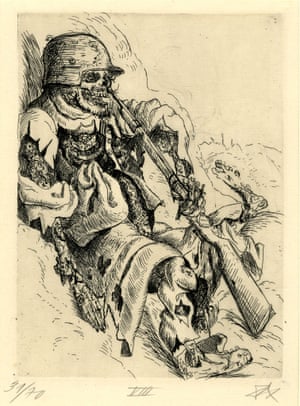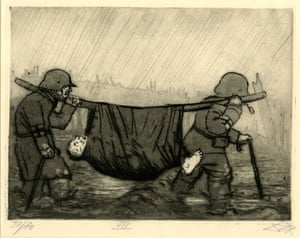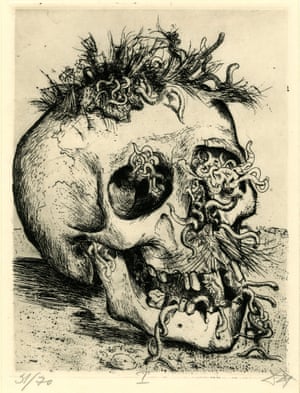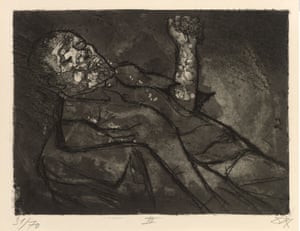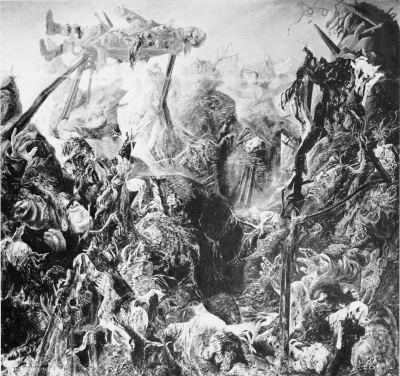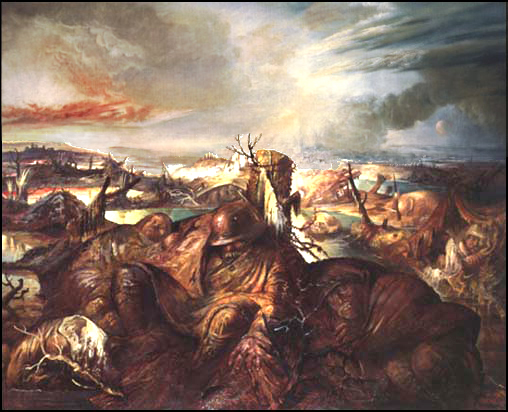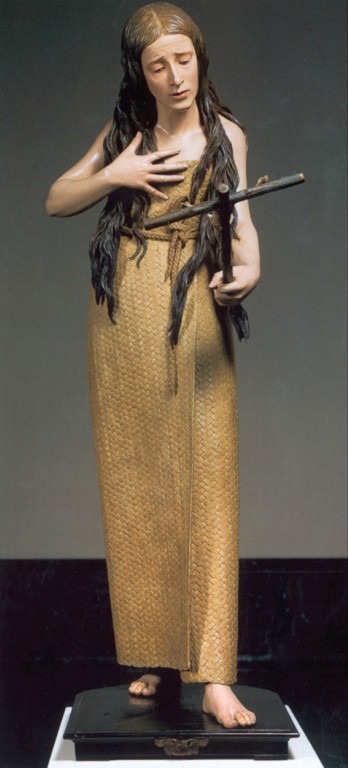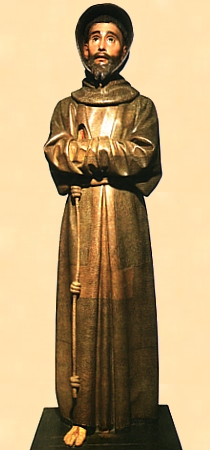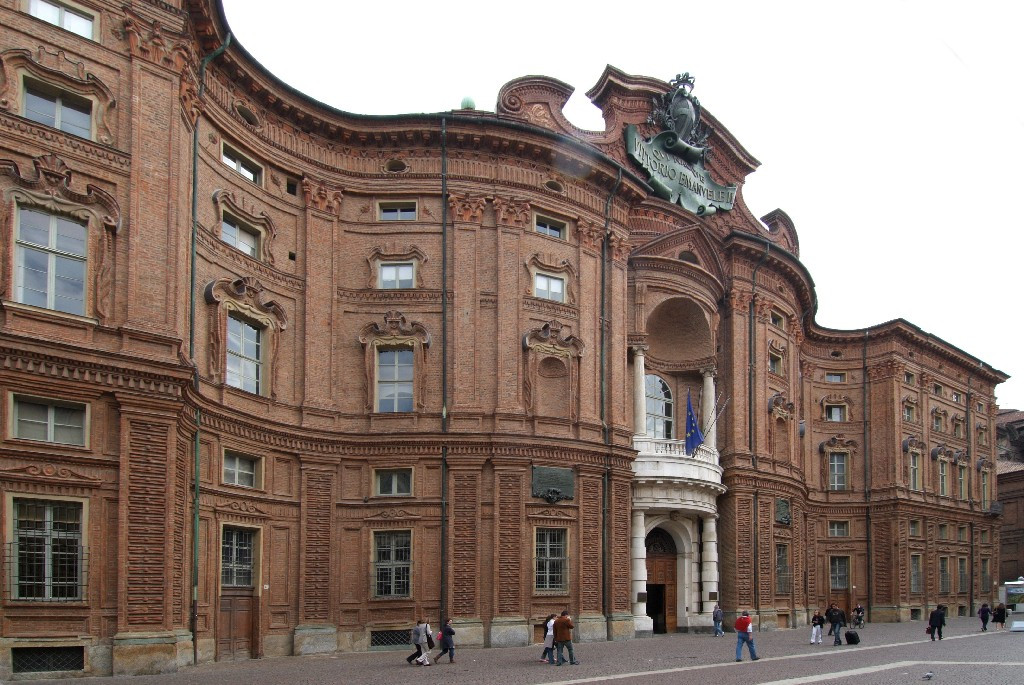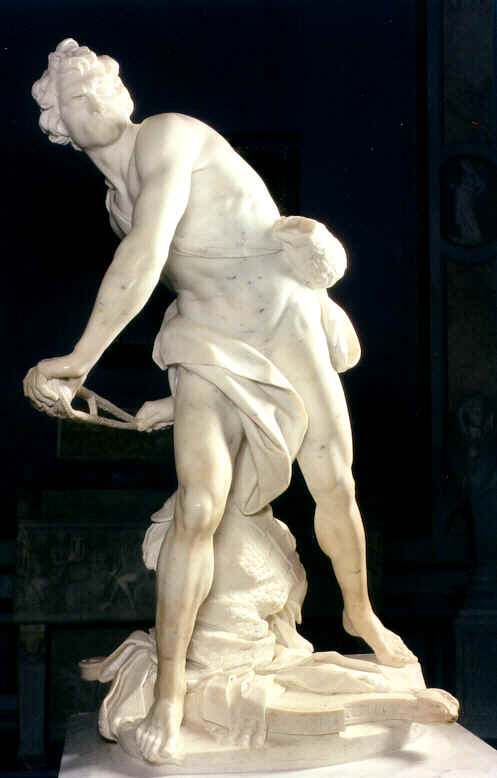This time the project is individual and it will consist of studying the art of the 18th and 19th centuries. This is what you have to do:
You are an art lover and you have
decided to spend your summer as an intern
at El Prado Museum. The museum is preparing an art exhibition of the 18th and 19th century and your boss has given
you the responsibility to look for all the necessary information to prepare the catalogue. You will also have to contact the foreign museums to ask them
to lend El Prado some important artworks. Your boss has also given you the
opportunity to write about your favourite art work of every style
and include your texts in the official museum catalogue. Your don’t want to
deceive your boss and want to do a good quality work.
As the exhibition will be next
month, you’ve decided to plan your work. The styles you need to explain are the following:
- - 18th century: Rococo, Neoclassicism
(architecture, sculpture and painting in both styles)
-
Transition between the 18th and 19th centuries:
GOYA
- - 19th century:
o
ARCHITECTURE: Historicism, Iron and Steel
Architecture and Modernism
o
SCULPTURE AND PAINTING: Romanticism, Realism
and Impressionism
o
PAINTING: New-Impressionism, Post-Impressionism
You have decided to distribute your work per weeks:
-
Week 1: Rococo, Neoclassicism and Goya
-
Week 2: Historicism, Romanticism and Iron and
Steel architecture
-
Week 3: Realism, Impressionism and
Neo-Impressionism
-
Week 4: Modernism and Post-Impressionism
You can present your work in two ways:
- The catalogue has to include:
- A prologue, presenting your work to the readers
and thanking the museums that have lent their works to El Prado
- Main features of every style, main artists and
works
- Your favourite work of every style and a deep
explanation: when it was made, author, theme, main features, reflection of the
style on the work, other art works from which it drew inspiration or other
artists influenced by this work…
- The other option is your workbook to prepare the exhibition, where
you can include all the information you get and all the procedures you follow
to get it ready in time.
Here you have some images of exhibition catalogues:
And these are some examples of art worbooks:
Source: https://megankounnas.wordpress.com/
Source: http://dennerd.victorschools.org/ibworkbookgallery.html
Here you can see some more examples:
In any of the cases, you have to
include images or drawings of the art works you are talking about.
The deadline to hand in the project will be the
23rd of May (Monday)
Here you have the presentations of these contents, just in case you want to have a look on them to choose your favourite works:



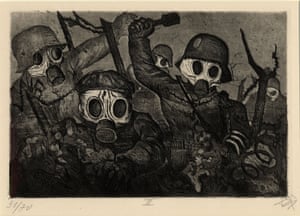
![Otto DIX, Verwundeter (Herbst 1916, Bapaume) [Wounded soldier - Autumn 1916, Bapaume], plate 6 from Der Krieg](http://cs.nga.gov.au/IMAGES/LRG/128588.jpg)
